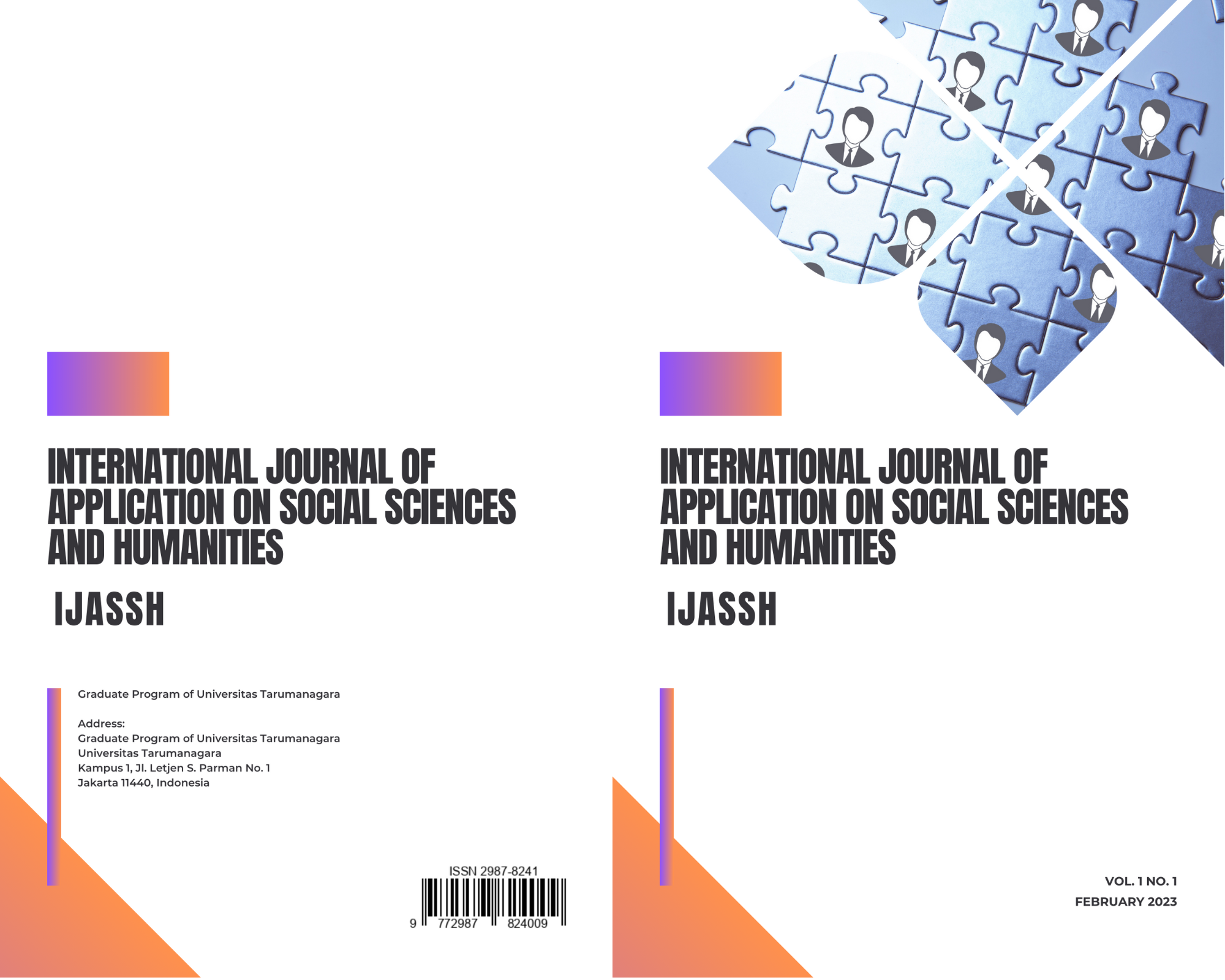SYMBOLIC INTERACTION IN USING TELEMEDICINE APPLICATIONS DURING A PANDEMIC (A CASE STUDY OF FIKOM UNTAR STUDENTS IN USING THE HALODOC APPLICATION)
Main Article Content
Abstract
Currently, almost the whole world is facing a pandemic. Therefore, since the Covid-19 pandemic has become a world health crisis, telemedicine application services is an option in the current pandemic situation. Halodoc telemedicine application is a health service in Indonesia that was created to make it easier to access health by utilizing online application technology. The Halodoc telemedicine application is a health application that provides information and helps deal with users' health problems during the pandemic. Symbolic interaction plays an essential role by female students in using the Halodoc telemedicine application during the pandemic. This study uses a qualitative exploratory approach methodology with a case study method. Informants in this study were students of FIKOM UNTAR who used the Halodoc telemedicine application. Researchers choose informants because they are in accordance with the fulfillment of research data. Data collection was carried out using 2 types, namely, primary data including observation, in-depth interviews, and documentation. And secondary data in the form of archival records and literature study. The author's results will go through data reduction, data presentation, conclusion drawing, and data validity. This study concludes that female students use the Halodoc telemedicine application to meet health needs during the pandemic. The Halodoc telemedicine application is used as an online health information tool remotely. In this case, there is a symbolic interaction that contains symbols such as the prevailing culture, the symbolic in the application features, and the expectations of the Halodoc telemedicine application users.
Article Details

This work is licensed under a Creative Commons Attribution-NonCommercial-ShareAlike 4.0 International License.
References
Ananda, Aulia Putri. 2018. "The Effect of Using the Halodoc Application on Fulfilling Information Needs". Thesis. Padjadjaran University.
Damn. 2020. "The Impact of the Covid-19 Pandemic on the World of Education." Journal of Scientific Studies, 1(1):73–80. https://doi.org/10.31599/jki.v1i1.265
Eka Putri, Ni Luh Wiwik. 2019. "Symbolic Interaction in the Process of Nonverbal Communication in the Tiktok Application." Widya Duta: Scientific Journal of Religion and Socio-Cultural Sciences 14(1):11. doi: 10.25078/wd.v14i1.1039.
Ganiem, Leila Mona. 2021. “The Effects of Telemedicine on Society (McLuhan's Media Law Study: Tetrad).” Interaction: Journal of Communication Studies 9(2):87–97. doi: 10.14710/interaction.9.2.87-97.
Juditha, Christiany. 2018. "Symbolic Interaction in Anti-Hoax Virtual Communities to Reduce the Spread of Hoaxes." Journal of PIKOM (Communication and Development Research) 19(1):17. doi: 10.31346/jpikom.v19i1.1401.
Ministry of Health. 2019. "Regulation of the Minister of Health of the Republic of Indonesia Number 20 of 2019 Concerning Service Delivery." (April 2005):3.
Moelong, Lexy. 2013. Qualitative Research Methods. Bandung: PT. Rosdakarya youth.
Siena, Catherina, and Pribadi, Muhammad Adi. 2020. "Symbolic Interaction in Sales Promotion Creates Brand Loyalty (Case Study of Starbucks Card Users in Jakarta)." Prology 4(1):201. doi: 10.24912/pr.v4i1.6476.
Sukmarini, Angelia Dyah., and Hasanah, Melani Nurbaiti. 2021. "Factors Influencing Students' Interest in Using Health Applications During the Covid-19 Pandemic." Urban Communication and Development Journal 13–19..
West, Richard, and Lynn Turner. 2013. Introduction to Communication Theory Analysis and Applications (Ed. 2). Jakarta: Salemba Humanika.
Yin, Robert K. 2019. "Case Study of Design and Methods". Jakarta: PT. Raja Grafindo Persada.



